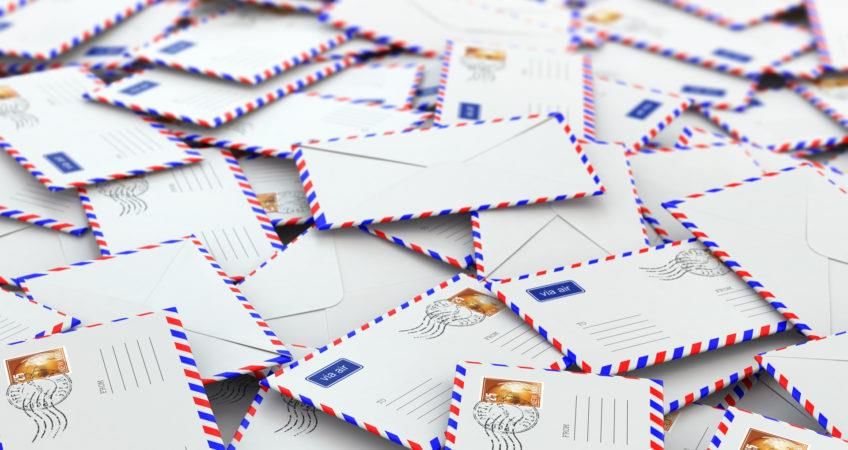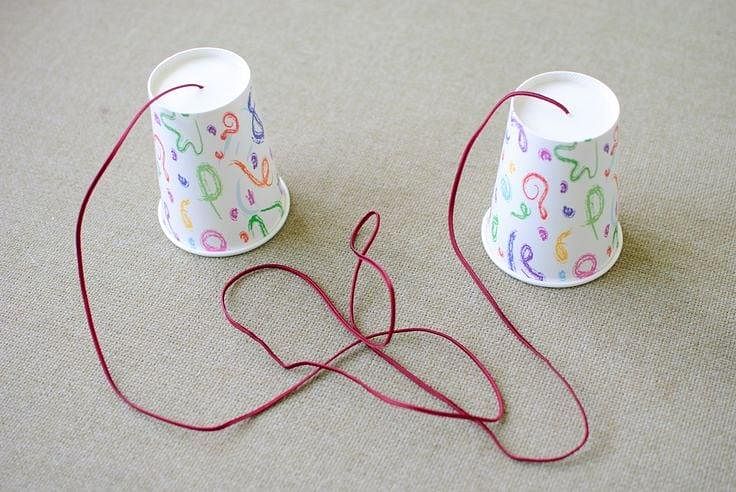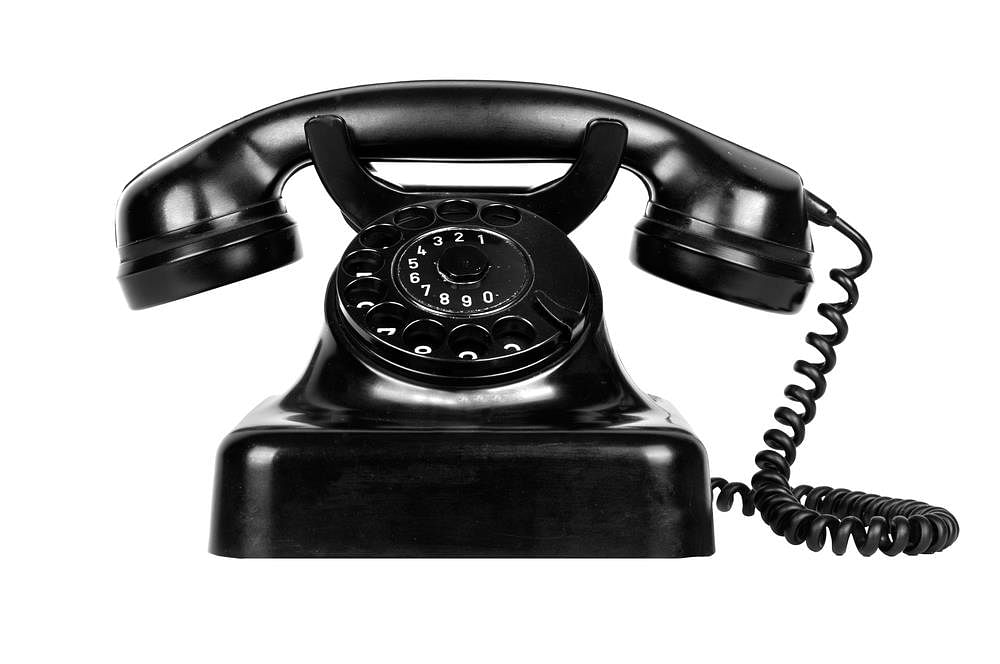|
Card: 1 / 24 |
Fill in the blank: Letters can be sent in various forms such as postcards, envelopes, and ___. |
|
Card: 3 / 24 |
True or False: The introduction of telephones and emails has made communication slower compared to traditional letters. |
|
Card: 6 / 24 |
The PIN code helps in the quick and accurate delivery of the letter by identifying the specific area. |
|
Card: 7 / 24 |
Riddle: I travel far and wide, but I am not alive. I can bring news or a greeting, but I cannot speak. What am I? |
|
Card: 9 / 24 |
Short Answer: Describe the process a letter goes through after being placed in a letterbox. |
|
Card: 10 / 24 |
After being placed in a letterbox, a letter is collected by the postman, taken to the post office, stamped, sorted, and then delivered to the recipient. |
|
Card: 11 / 24 |
Multiple Choice: What happens to a letter after it is stamped at the post office? A) It is delivered immediately B) It goes into a big bag C) It is destroyed D) It is returned to the sender |
|
Card: 13 / 24 |
True or False: The telephone has made communication slower compared to letters. |
|
Card: 14 / 24 |
False. The telephone transmits messages very fast, making communication easier. |
|
Card: 15 / 24 |
Fill in the blank: To create a working telephone with cups, the thread should remain ___ and should not touch the ground. |
|
Card: 17 / 24 |
What is the primary reason the telephone has replaced letters in communication? |
|
Card: 19 / 24 |
Riddle: I can let you talk to someone far away, but I am not a letter. What am I? |
|
Card: 22 / 24 |
Make holes in both matchboxes, thread a needle through both holes, tie knots at both ends of the thread, and ensure the thread is stretched while using. |




























